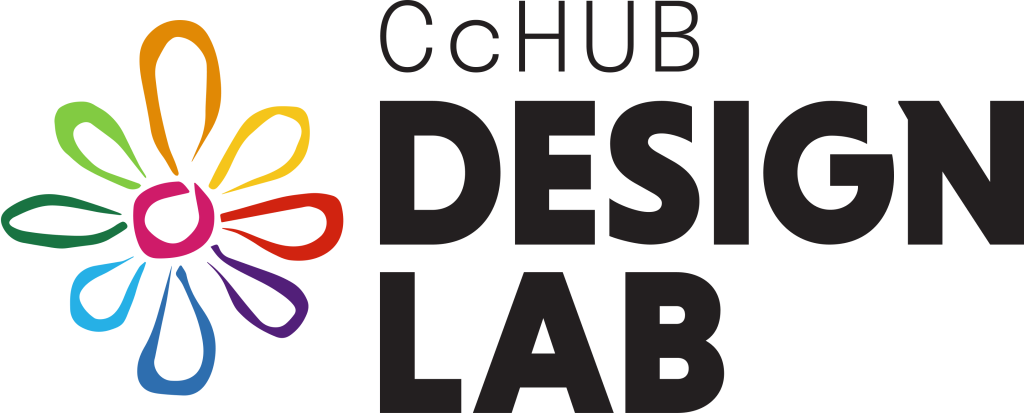Dozens of stakeholders from each sector are fighting the current deadly virus, COVID-19. Different actions have been taken, and have included containment responses such as lockdowns, quarantines, and curfews. Such strategies have affected our normal way of living, and access to healthcare services including access to routine immunization, which might leave children and other vulnerable populations at risk for vaccine-preventable diseases, such as 2019’s deadly measles outbreak in the democratic republic of the congo, which took around 6000 lives after the country’s largest ebola outbreak.
One of the greatest responsibilities of public and global health is immunization and since may 1974, The World Health Organization (WHO) initiated the Expanded Program on Immunization (EPI) with the objective to vaccinate children worldwide. Despite remarkable progress, Several challenges like pandemics and outbreaks interrupt the routine immunization system, as illustrated in the following graphs of some of the worldwide outbreaks since 1974 when the EPI program started .
Conclusion
Generally, immunization coverage rates for the WHO-recommended vaccines in most of affected countries were disrupted, during and few years after the outbreaks and pandemics. A drop in immunization coverage destroys the protective shield of a community and puts the community at risk of vaccine-preventable disease outbreaks. It is important for officials to shape immunization policy and decisions during the pandemic by referring to provided guidelines in stepwise approach and adapt the local context in order to ensure a safer community and a healthier future for the nation.

